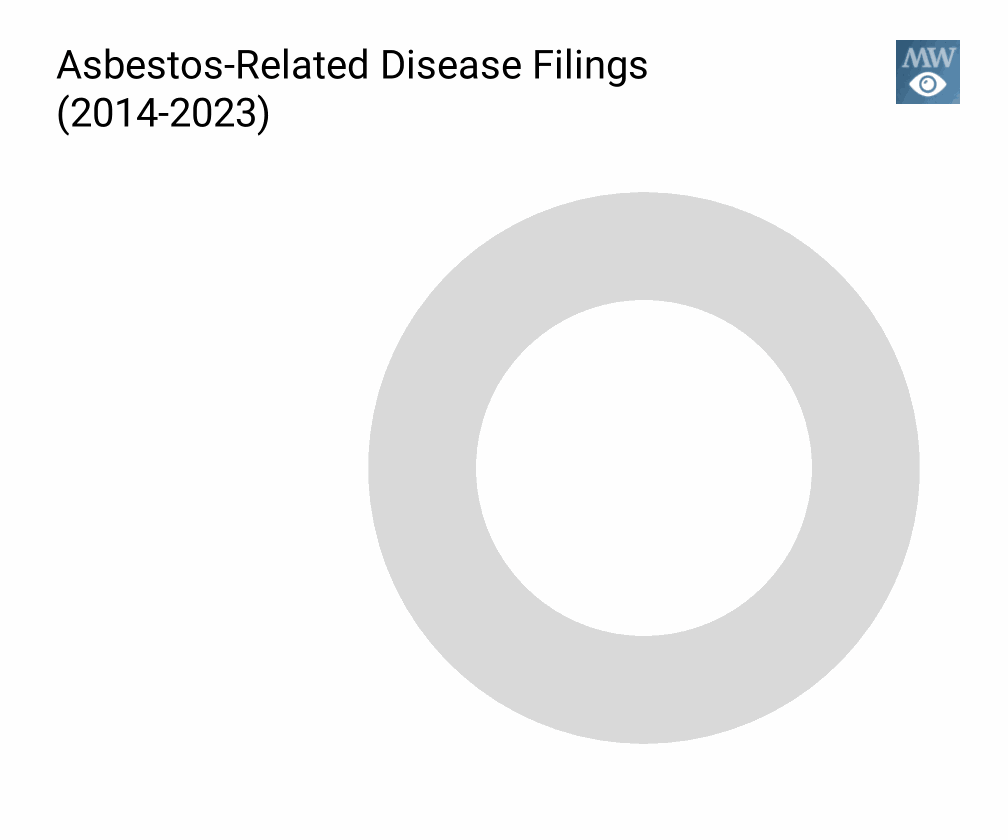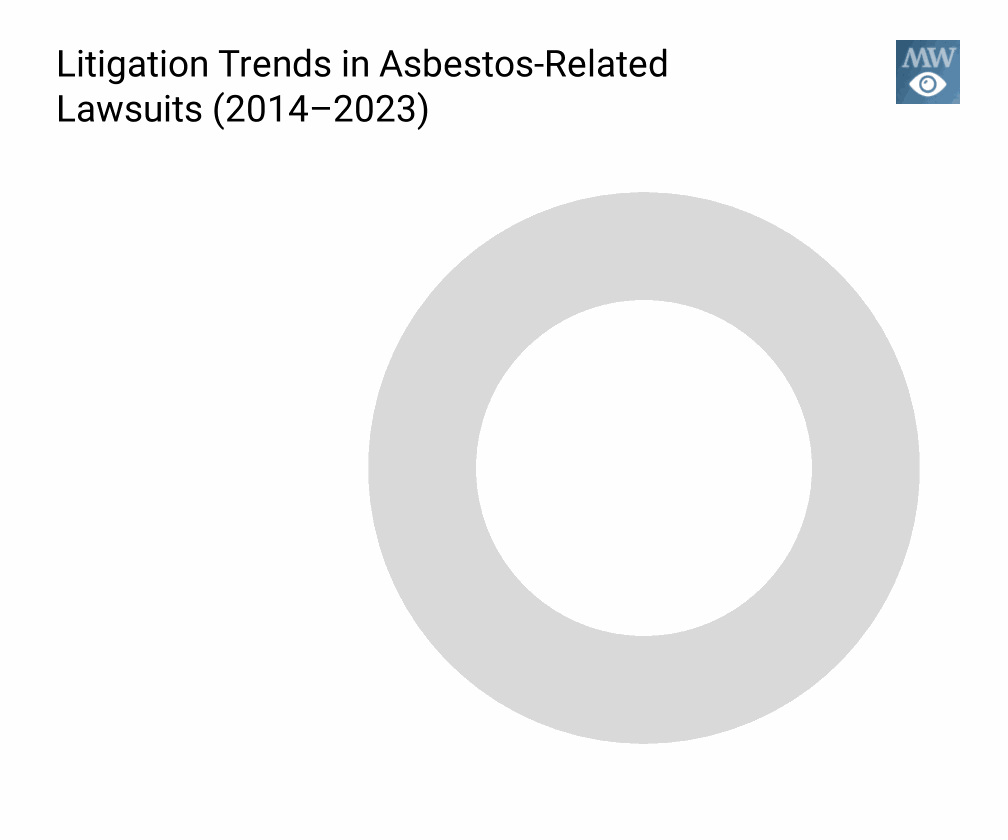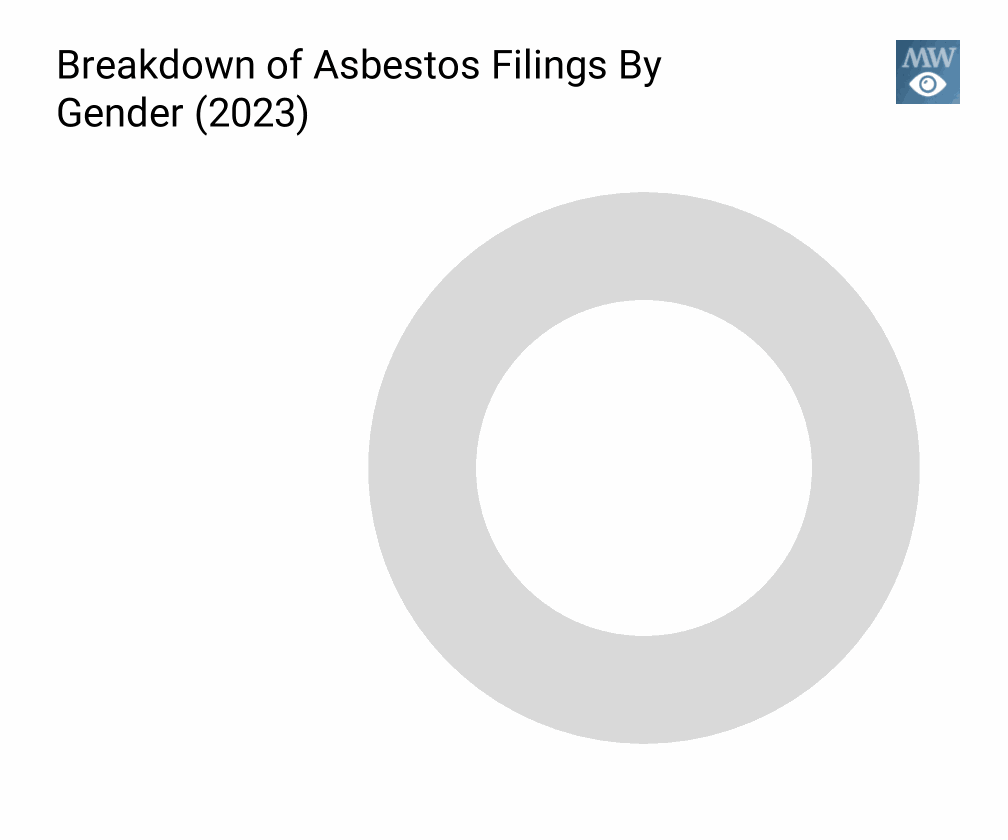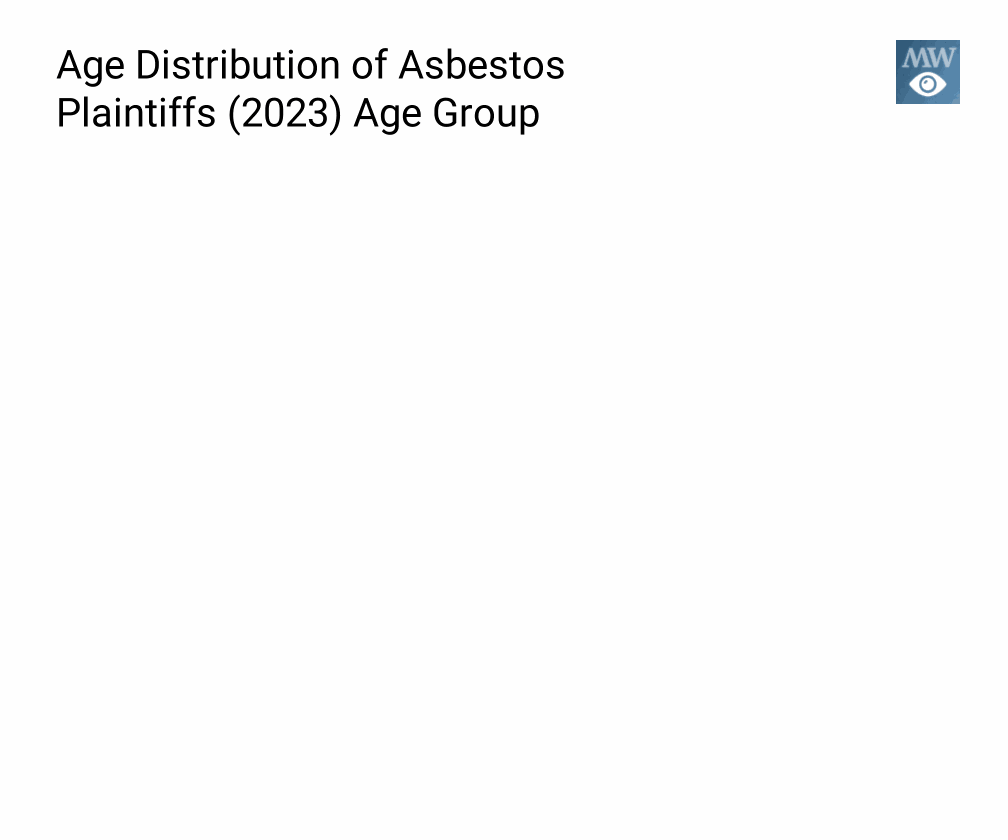Asbestos was considered “A Wonder Material” as it can avoid heat; Still, it leaves in its wake a lethal trouble. It was banned in many countries including the United States but still causes serious health issues such as mesothelioma, lung cancer, and asbestosis—impacting thousands of human lives every year.
This article sheds light on data that illustrates the continuing dangers of asbestos, the status of active lawsuits, trends, and what steps are being taken internationally to mitigate these effects.
Asbestos Exposure and Its Devastating Health Impacts
Asbestos exposure is the leading cause of pleural mesothelioma. Half the complaints related to asbestos were because of mesothelioma. Furthermore, victims failed a staggering 1,910 new cases in 2023 alone.
Over the last year, it could suggest that Asbestos regulations fail to repair health risks associated with asbestos.
Lung cancer was responsible for 37.6% of all asbestos litigations in 2019-2023. A new wave of asbestos lung cancer lawsuits rose by close to 9 percent in 2023.

Historical Usage and Persistent Risks of Asbestos
Asbestos has a long legacy and an everlasting danger. Most industries — construction, shipbuilding, motor vehicle manufacturing — used asbestos. Its impacts continue to lurk in the walls of far older infrastructures and industrial sites, endangering thousands more during construction or the demolition of a building.
Asbestos lawsuits are more prevalent in areas that use asbestos heavily, like Madison County, IL, and St. Clair County, IL. This shows a correlation between the high usage of asbestos and legal activity, not to mention that their courts are viewed as favorable to those filing suits.

The Legal Landscape: Asbestos Litigation Trends
Lawsuits remain one of the most important ways for victims to obtain compensation for asbestos-related conditions. The way these lawsuits play out has evolved reflecting the new legal strategies, and changes across jurisdictions and how courts are treating them.
Litigation Trends:
From 2014 to 2020, filings involving asbestos fell another ten percent before finally hitting a plateau through the end of last year. Meanwhile, Madison County, IL., still leads the way in terms of lawsuits hinting at both an aggregation of asbestos exposure as well as a welcoming system for plaintiffs.
High-Profile Verdicts and Settlements:
A huge 2018 case ended with a jury in St. Louis ordering Johnson & Johnson to pay $4.69 billion to 22 women who said talcum powder led them to diagnose ovarian cancer.

High-Risk Populations and Demographics
Determining who is at risk of developing mesothelioma following asbestos exposure is central for directing public health efforts and informing legal strategies.
Gender Breakdown:
By 2023, 82% of people filing lawsuits were men. This is a clear sign that exposure was more common in men-dominated industries such as construction and shipbuilding. Still, there’s growing recognition of secondary exposure risks, especially among women who might have been exposed indirectly by washing clothes with asbestos dust.

Age Distribution:
Most asbestos plaintiffs are between 70 and 79 years old, with the next largest group being 80 and older. This shows the long delay between asbestos exposure and when diseases appear, which often takes decades.

U.S. Asbestos Filings in Context: A Look at Key Jurisdictions
The KCIC report’s findings on asbestos-related filings by top U.S. jurisdictions show clear trends over time, with certain regions emerging as consistent leaders in the volume of litigation.
Regional Legal Environments and Trends:
Madison County, IL, held onto its long-standing title as the busiest jurisdiction for asbestos filings, with more than 900 annual filings virtually every year from 2014 through 2023.
That trend matches previous research that showed Madison County to be one of the nation’s best places for asbestos plaintiffs. Additionally, St. Clair County, IL has been significantly less active than Madison but serves as a notable example of how litigation trends have proceeded over the years, while also suggesting that Illinois is a preferred jurisdiction for asbestos exposure claims going forward.
By comparison, jurisdictions such as New York, NY, Philadelphia, PA, and Wayne County, MI have seen fewer filings but continue to see regular asbestos litigation activity. The colored regions show the impact of legal strategies and court access on filing volumes over time.
Comparative Insights:
Due to the US-specific regions that KCIC represents, these numbers may not account for international trends in areas with much stronger asbestos regulations than in the U.S., which could result in significantly lower filing volumes outside the country.

Exposure Type Breakdown
We need to appreciate that principled differentiation into exposure types (primary, secondary, and combined) is essential for examining the impact of asbestos on distinct populations.
Primary exposure is those who were exposed to asbestos at work. Secondary exposure occurs when people are exposed indirectly: for example, through contaminated clothing or environments. Mixed exposure is a combination of the two, and has become more prevalent with increased awareness of asbestos hazards.

FAQs
Here are the most common questions about asbestos litigation trends:
Asbestos is a naturally occurring group of minerals that have been widely used for fire and heat resistance. Asbestos fibers can become airborne if disturbed, which you can easily inhale and develop life-threatening diseases like mesothelioma, lung cancer, and asbestosis.
Many people who develop pleural mesothelioma were exposed to asbestos while working in an industrial setting or in older buildings that are chock-filled with toxic material.
Diseases such as mesothelioma, lung cancer, and asbestosis are caused largely by asbestos exposure. These diseases are typically serious and have latency periods that might not catch up on a victim until years after the exposure.
Indeed, those who have contracted an asbestos-related disease after exposure to the product may always be able to look at their legal alternatives. Some of the most effective ways to pursue compensation for your asbestos exposure are by filing a lawsuit or a claim.
Though asbestos has been banned or regulated in most countries, it can be found in aging structures and products. Asbestos must be identified and managed safely in particular when homes are renovated or demolished.
If you or a loved one has been diagnosed with an asbestos-related disease such as mesothelioma, lung cancer, or ovarian cancer, MesoWatch has a nationwide network of asbestos litigators ready to fight for your rights.
Our skilled attorneys are familiar with the asbestos litigation process, and we are determined to help you in recovering what you deserve. You do not have to go through this all alone; contact our team for a consultation for free today. Get on the path of justice and support.



